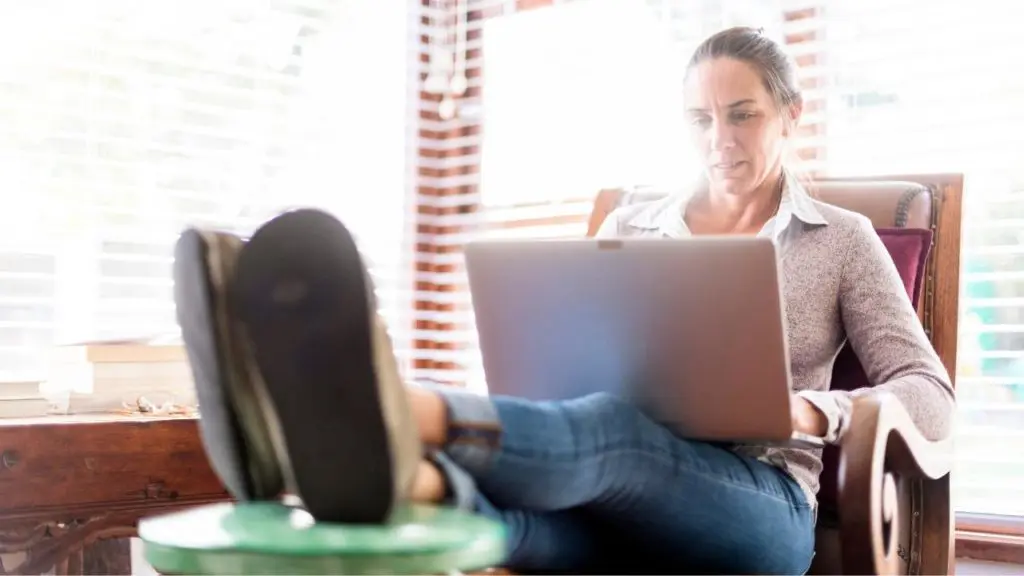
Why Does My Back Hurt When I Sit With My Feet Up?
Certain activities can either help or harm our lower back recovery. When it comes to sitting in any position, it is generally worse for the lower back than standing in terms of pressure on the discs and the fundamental biomechanics or sitting. That is not to say that sitting cannot be relieving but we should make an important observation first.
Sometimes, actions that feel good at the time, providing a moment to moment relief, actually worsen the underlying problem and injury. The lower back is unfortunately one of these areas of the body. Due to some peculiarities in the anatomy of the area, injuries here can therefore be rather confusing for the person experiencing the pain. One thing is clear however, that sitting fundamentally creates an unhelpful strain on the lower back that is trying to heal.
There are two significant reasons that the process of sitting is bad for your lower back when you have an injury which we’ll explore here.
Sitting rounds the lower back stretching the lumbar soft tissues
At first glance you’d be forgiven for thinking that this is a positive, but not so fast! The vast majority of injuries to the lower back have some heavy link to the flexion of the lumbar spine. The lumbar spine has rounded, let us say, bending to put the socks on. This failure has lead to perhaps some minor tearing or damage to the tissues on the back part of the spine, we’re talking about the back of your spinal discs, the ligaments, the capsule of the facets and perhaps muscles too.
When a tear or failure of these tissues takes place, the tissues will want and need to draw back together again, to tighten up and then remodel. Sitting rounding the lumbar spine will get in the way of this process especially when done for prolonged periods of time.
Sitting exerts more load on the spinal discs
The overwhelming number of lower back cases will involve some degree of damage to the spinal discs even if it is not a significant enough damage to cause a herniated disc. This increased exertion through the discs – increased compressive load through the spine – is unhelpful to the healing process. It also further enhances the strain on the tissues mentioned in the previous segment, interfering with a good healing process.
What about sitting with the feet or knees above the hips?
There is often a degree of reflexive stiffness within the hamstrings and other muscles of hip extension when we have lower lumbar disc injuries, this means that they will limit the movement of the hips into flexion – think knees to chest here. The consequence of this is that when the knees or feet are elevated above the level of the hips, these hamstrings, which are controlled by the lower lumbar segment’s nerves will increase the forces that we have identified as problematic in the earlier sections of this article.
So what can we do to help our lower back pain if sitting is bad?
Limit your sitting, be more fidgety, and if you absolutely are going to sit, use a reclined seat as this will reduce the impact of the two aforementioned issues. Fundamentally back pain is solved by working through proper rehabilitation work while your body does the necessary work to heal.
Remember, your body is always trying to heal! Your job is to identify things you are doing on a daily basis that are interfering with the healing process, as well as identify and engage with activities and practices that can optimise the healing and strengthening process.
For those of you reading this that are already Back In Shape Members, you’re already well on your way to covering those bases!








Responses